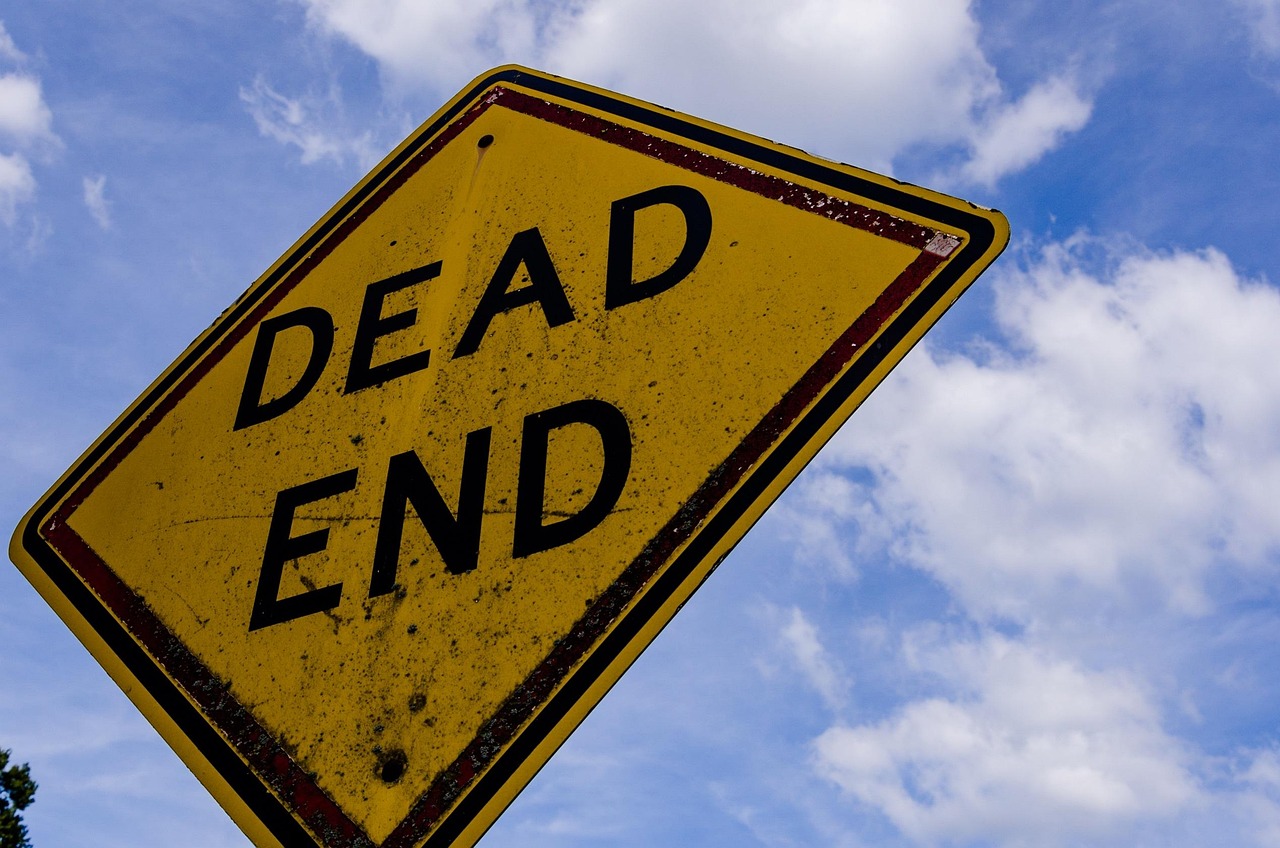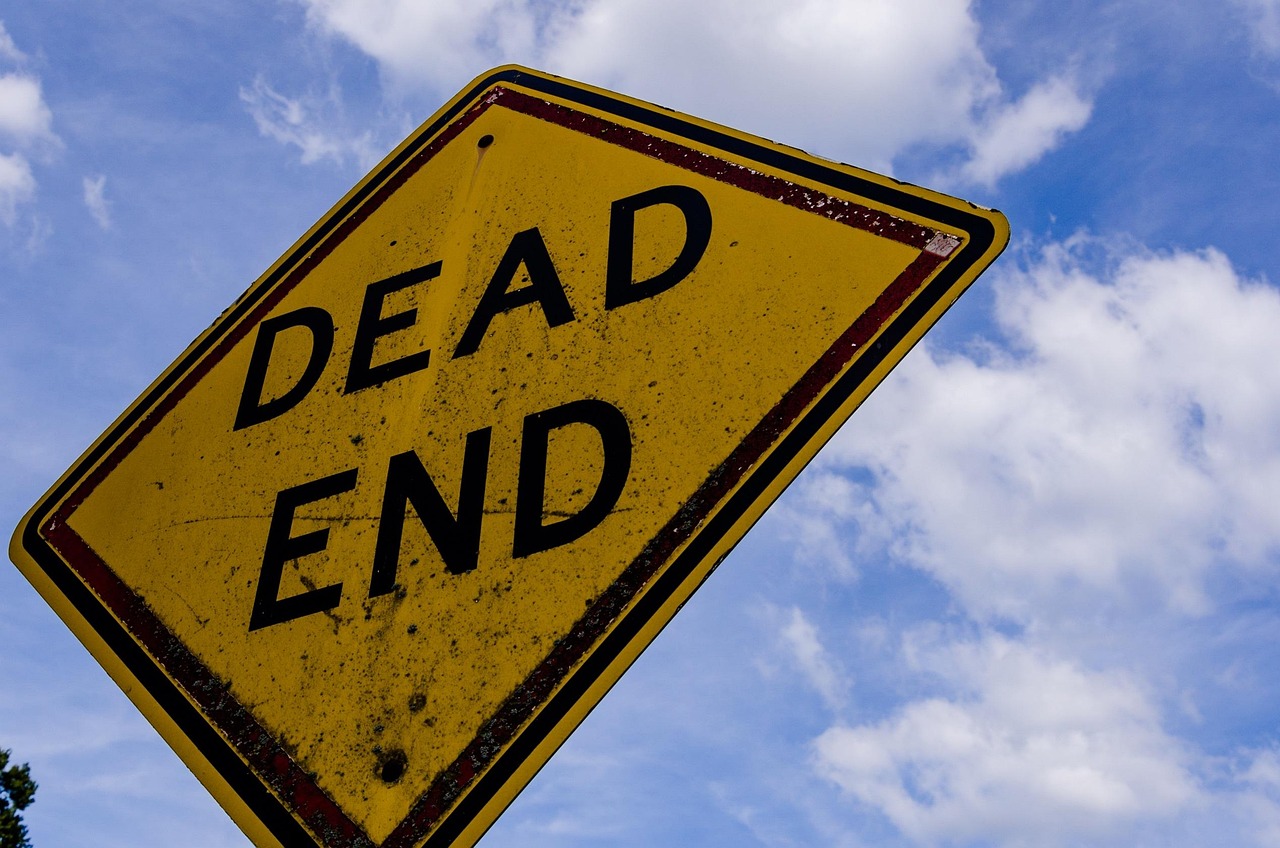疫情写作素材英文(疫情写作素材英文版)
The Pandemic's Impact on Creativity and Storytelling: A Global Narrative
In the age of the COVID-19 pandemic, the world has been reshaped in ways that have deeply influenced the art of storytelling and the creative process. From the loss of traditional storytelling spaces to the rise of digital platforms, the pandemic has not only disrupted but also inspired new forms of expression and engagement. This article explores how the pandemic has become a rich source of writing material, both in terms of personal experiences and broader societal impacts, and how writers, filmmakers, and other creative professionals have adapted their practices to this new reality.
The Personal and the Universal
The pandemic has brought unprecedented challenges to individuals across the globe, from the loss of loved ones to the disruption of daily routines. These personal experiences have served as a catalyst for a wave of creative expression. Writers have turned to their pens to document the emotional turmoil, the acts of kindness, and the resilience of humanity in the face of adversity.
For instance, many have written about the isolation and loneliness that came with lockdowns, exploring themes of connection and disconnection in a world where physical contact was restricted. Others have chronicled their journeys of self-discovery, using the extra time at home as an opportunity for introspection and personal growth. These stories, though rooted in personal experiences, resonate with a universal audience, offering a glimpse into the human condition during a time of crisis.
The Impact on Traditional Storytelling

The pandemic has had a significant impact on traditional storytelling mediums. The closure of theaters, museums, and other cultural institutions forced artists to adapt their practices and find new ways to share their work. This led to a surge in digital storytelling, with writers publishing their work online, filmmakers creating short films on social media platforms, and poets sharing their work through virtual events.
The shift towards digital also brought about new forms of storytelling, such as interactive fiction and immersive experiences. These new formats allowed writers to engage with their audiences in ways that were not possible before, creating a more immersive and participatory experience.
The Rise of Memoir and Diary Writing
One of the most notable trends during the pandemic has been the rise of memoir and diary writing. As people navigated the uncertainty and chaos of the pandemic, many turned to writing as a means of processing their emotions and making sense of their experiences. The act of putting thoughts and feelings onto paper served as a form of therapy, allowing individuals to gain perspective and find solace in their own stories.
Memoirs and diaries written during the pandemic offer a unique perspective on the times, capturing the anxiety, fear, and hope that defined this period. They serve as a historical record of a global event, providing insight into how individuals coped with the challenges posed by the pandemic.

The Power of Creativity in Times of Crisis
The pandemic has also highlighted the power of creativity in times of crisis. Writers, filmmakers, and other artists have used their work to raise awareness about social issues, such as the importance of mental health during lockdowns or the need for racial justice. By sharing their stories and perspectives, they have been able to inspire empathy, generate discussions, and drive change.
For example, many writers have used their platforms to speak out against discrimination and injustice, using their voices to amplify marginalized communities. This form of activism through art has been instrumental in raising awareness and fostering understanding during a time when it was needed most.
The Future of Storytelling
The pandemic has not only disrupted traditional storytelling but has also paved the way for new forms of expression and engagement. As we move forward, it is likely that we will see a continued evolution in how stories are told and shared. The rise of digital platforms and new technologies will continue to shape the creative landscape, offering new opportunities for artists to reach global audiences.

Moreover, the pandemic has underscored the importance of resilience and adaptability in the creative process. As writers and other artists navigate this new reality, they will continue to find ways to tell compelling stories that resonate with audiences worldwide. Whether it's through personal narratives or social commentary, creativity will remain a powerful force for change and understanding in the years to come.
In conclusion, the COVID-19 pandemic has been a catalyst for creativity and storytelling in ways that were unimaginable before its onset. From personal experiences to broader societal impacts, writers have used their craft to document this unique period in history. As we move forward, we can expect to see continued innovation in storytelling formats and an increased emphasis on resilience and adaptability in the creative process. The pandemic may have disrupted traditional ways of doing things, but it has also opened up new avenues for creativity and engagement that will shape the future of storytelling for years to come.





还没有评论,来说两句吧...